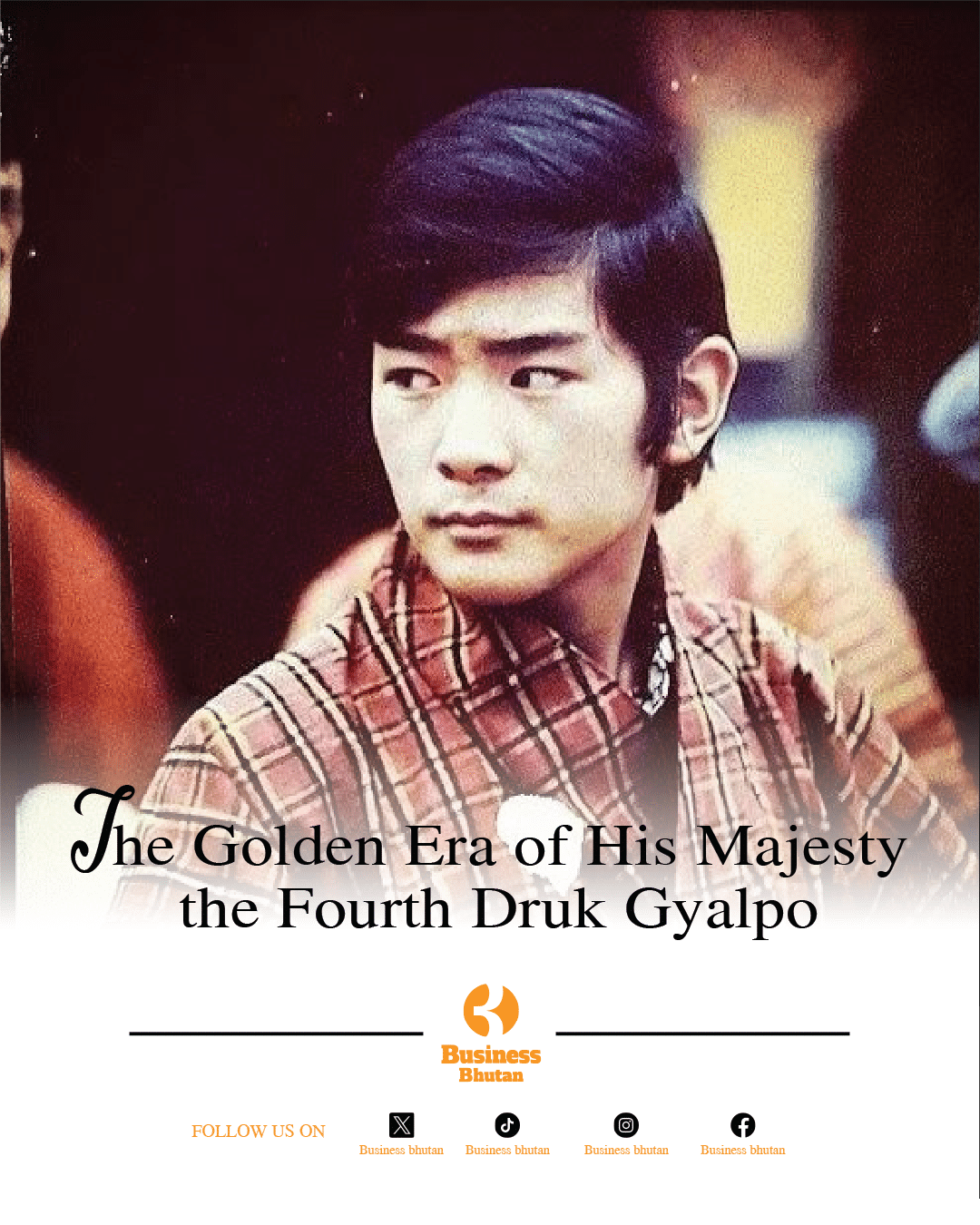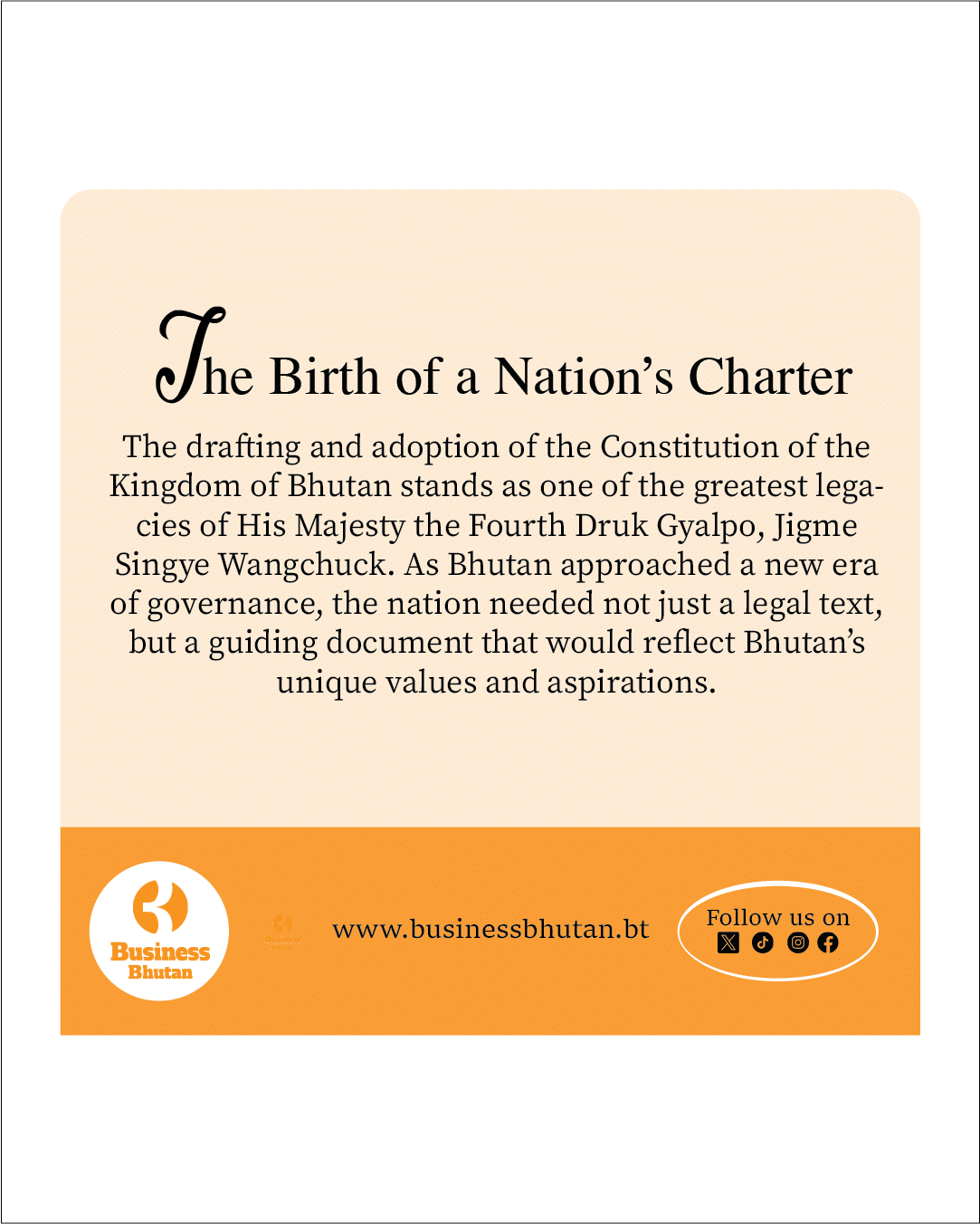The genesis of Social Forestry Day in Bhutan began with a Royal Kasho from His Majesty the Fourth King in 1979. The Day and Date did not sprout out of nowhere, or in a single night. It went through so many meticulous views, reviews and makeovers until 1985 when the government officially declared June 2 as the Social Forestry Day, which coincided with the Coronation Anniversary of His Majesty the Fourth King who is also a champion of environmental conservation. For that matter, the Day holds paramount importance in the annals of Bhutan’s journey.
Sowing the Seeds
In response to a Royal Command, the Forest Department of Bhutan launched a groundbreaking tree-planting initiative called Social Forestry round five decades ago. This ambitious program, beginning in the planting season (April to June 1979), aimed to distribute seedlings of valuable trees to as many farmers as possible. Through the offices of Dzongdas, each household received ten seedlings to plant on their registered land, marking a significant step towards environmental stewardship and community involvement.
The Inception of Social Forestry
The Social Forestry program’s progress was meticulously reviewed through inspections conducted in November and December that year. Once the trees matured, farmers stood to gain significantly. If the trees were sold, 50% of the sales proceeds will was awarded to those who planted them. For domestic use, a concessional rate set by the National Assembly was applied. This innovative approach promised substantial benefits, making it easier for farmers to meet their needs for fuel, fodder, and construction materials. Additionally, it positioned farmers as key players in soil conservation, erosion control, and ecological balance restoration.
Educational Engagement and Competitive Spirit
The program extended to schools, where students were encouraged to participate in tree planting activities, fostering early awareness of environmental conservation. To boost participation and performance, a competitive element was introduced: the performance of each Dzongkhag and individual were evaluated annually, with suitable awards given to the best performers. This initiative aimed to create a lasting positive impact on both the environment and the community, promoting sustainability and ecological stewardship across Bhutan.
Celebration and Commitment
On August 9, 1979, Phuentsholing celebrated its first ‘Social Forestry Day’ with a ceremony held in the office compound of the Senior Ramjam. The event featured ceremonial tree planting by notable figures, including Dasho Dzongda of Chhukha, the Managing Director of the Bank of Bhutan, and the Managing Director of Tashi Commercial Corporation, among others. During the event, the Divisional Forest Officer of Samchi (Samtse) delivered a compelling speech on the essential role of trees and forests. He highlighted their importance in daily life and industry, soil conservation, water regulation, and atmospheric pollution reduction, emphasizing their indispensable role in environmental health and sustainability.
A Nationwide Initiative
The Samchi Forest Division planned to plant 10,000 seedlings of valuable tree species in the 1979 planting season. The Divisional Forest Officer of Samchi, RC Joshi stressed the importance of starting forest consciousness from the classrooms. Aligning with this vision, students of Samchi Central School were actively involved, with about 400 seedlings set to be planted at the school that year.
In Gelephu, the local Forestry Day was observed on May 30, marking the program’s launch in the sub-district. The Kalikhola (Lhamoizingkha) subdivision also celebrated the day with a function at the Kalikhola Forest Compound, attended by local government officers, school students, and villagers. These efforts underscored a commitment to environmental stewardship and community involvement, ensuring that conservation values were instilled in future generations.
Strategic Planning and Future Directions
On June 29, 1979, a meeting of Dzongdas was held in the Forest Department, Thimphu, to discuss the Social Forestry Planning program. It was decided that a team from different forest divisions would visit districts to collect information for preparing a Five Year Plan for Social Forestry for each district. The Dzongdas pledged their full cooperation in both the preparation and subsequent implementation of the plan. The Five Year Social Forestry Plan for 1980-1984 provided detailed information on planting programs, ensuring a structured approach to promoting social forestry across Bhutan.
The meeting addressed several key points like selecting appropriate tree species for planting, who was going to manage the nurseries, distribution of planting stocks, planting by villagers, keeping records on the number of plantations, and ensuring replacement of any trees that did not survive.
Each district’s social forestry plan was prepared by the Divisional Forest Officer (DFO) and the Dzongdas, with a team from different forest divisions visiting the districts to collect necessary information. The plans were signed by the DFO and the concerned Dzongda, and sent to the Director of Forests for approval.
Commercial and Domestic Use
For the commercial aspect, it was proposed that villagers could conduct business with mature trees after paying 50% of the commercial royalty to the government, making the scheme more attractive. For domestic use, existing rules continued to apply, allowing local communities to meet their needs while contributing to forest conservation and management.
A Green Future
The Social Forestry program was on course to create a lasting impact on both the environment and the community, promoting sustainability and ecological stewardship across Bhutan. With the commitment of the government, the involvement of schools, and the active participation of local communities, Bhutan was poised to set a remarkable example in environmental conservation and community-driven ecological balance restoration.
Reaping the Fruits
June 2 holds immense value to the present as well as generations to come. This Day not only guides Bhutan on its philosophies and morals, but also serves as a constant reminder of sustainability and environmental conservation, which needs to be bequeathed to the next, and the super-super next generations.
By Tashi Namgyal, Thimphu
















